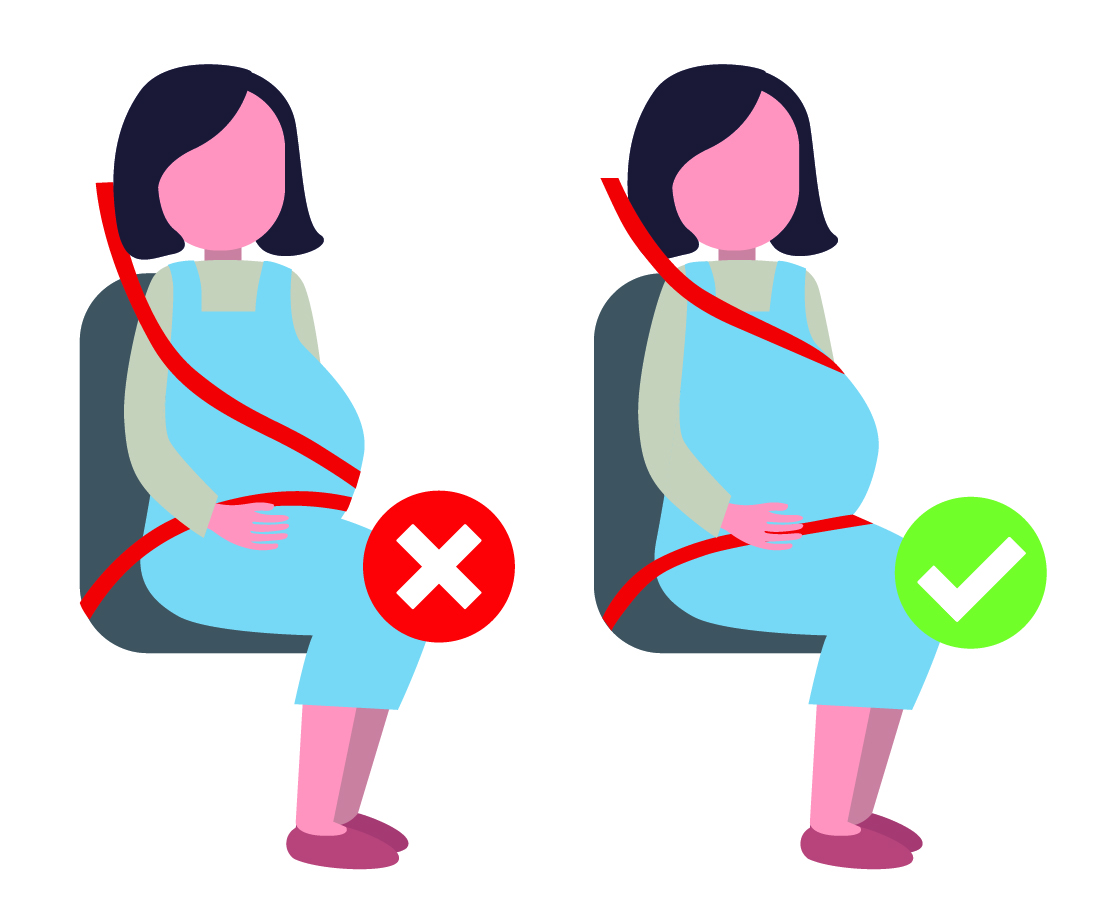Like rally drivers
When it comes to child passengers, Robert Šťastný has a few tips that deserve our attention. “Even some pre-schoolers would rather only sit on the seat cushion without the backrest part. But this cannot protect the head and neck from a side impact. I therefore appeal to everyone: keep your children in a full seat for as long as possible, until they grow out of it. That is usually around the age of eight to ten.”
Peer pressure often plays a role, as kids’ peers may make fun of anyone sitting in a full child seat. But safety should come first. Top rally driver Jan Kopecký, for example, has also called for this in a prevention campaign. “Look, even I have a seat in my race car that protects my whole head,” he says, encouraging children to delay the switch to a booster seat as long as possible.
 Keep your children in a full seat for as long as possible, until they grow out of it.
Keep your children in a full seat for as long as possible, until they grow out of it.
Babies should also stay in rear-facing infant seats for as long as they can safely fit in the seat. Always make them face the rear, even in the front seat, in which case never forget to deactivate the front passenger airbag. “Today, the trend is to use rear-facing seats even for bigger children, up to the age of four, say. Safety experts are clearly in favour of this: impact force is better distributed in the event of a crash. So even though some children may not be entirely comfortable, we advise them to sit in the car this way, as it’s incomparably safer,” Šťastný appeals to parents.






















